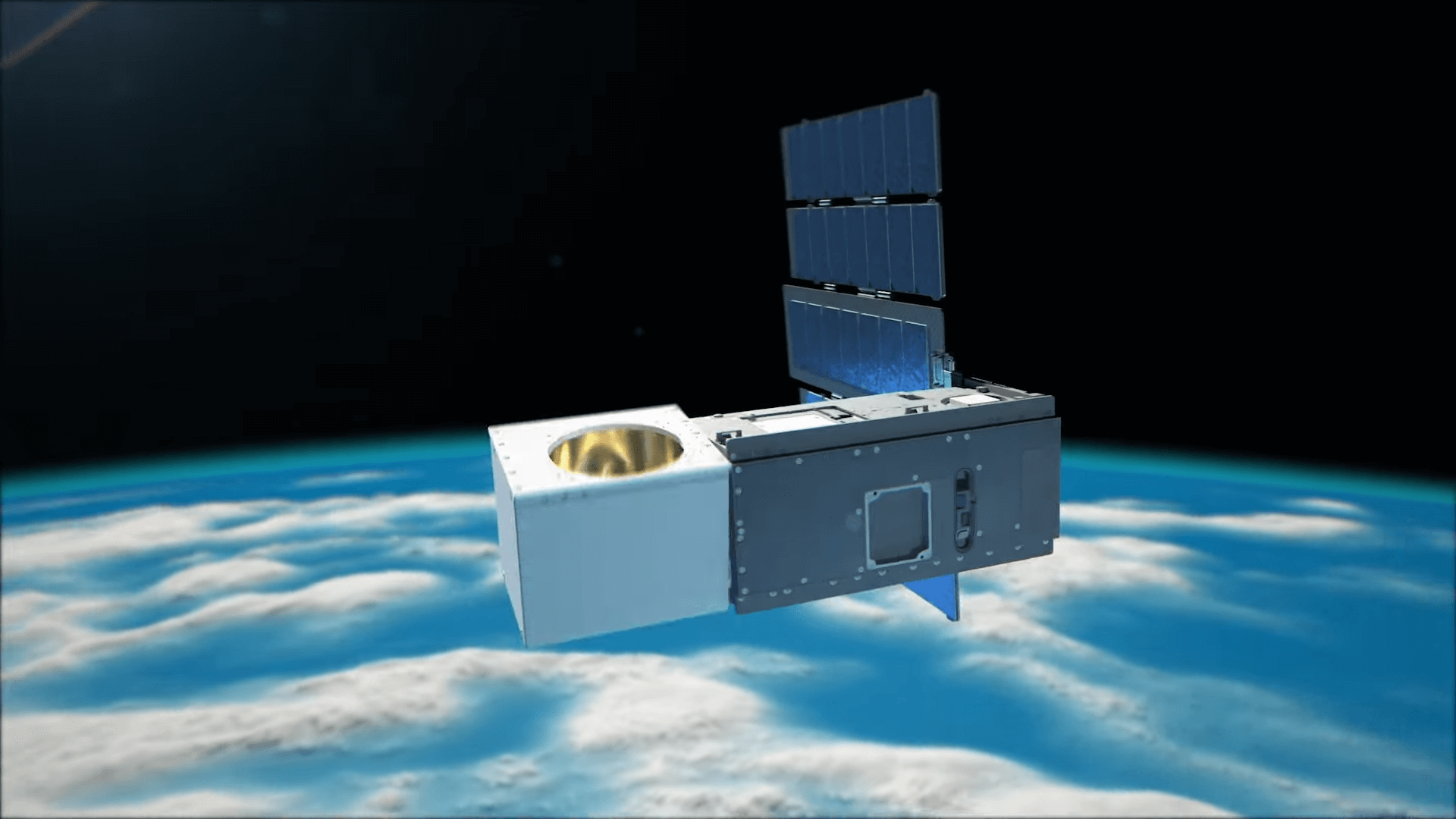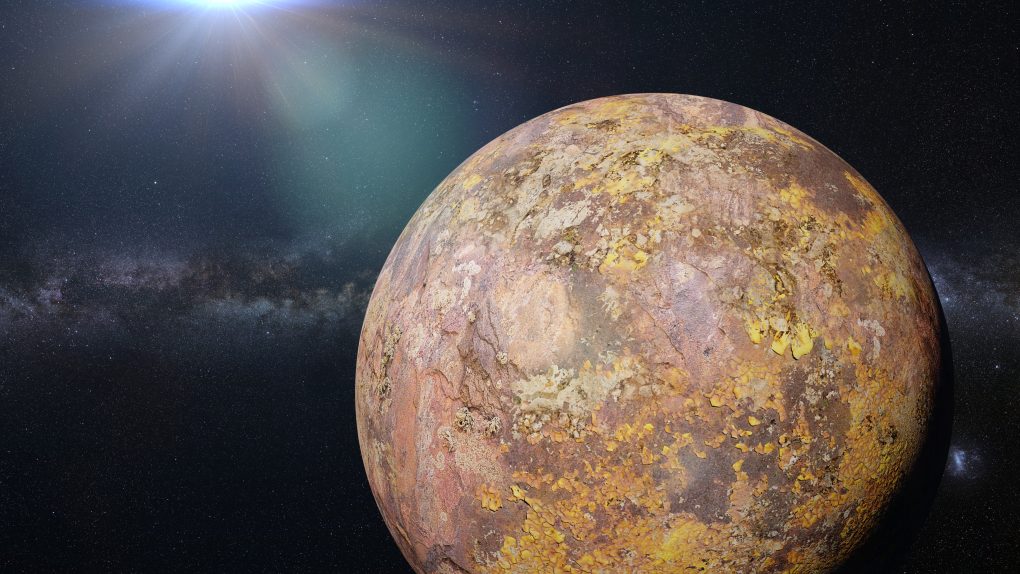NASA has a bold new plan to help detect signs of life on distant planets. The plan relies heavily on a new telescope system. However, instead of sending the telescope up in one main package, it will be sent up as multiple CubeSats that self-assembly into the final product. Researchers penned a new white paper detailing what’s possible and what needs to be developed.
This is NASA’s bold plan to detect signs of life on distant planets

The new plan to detect signs of life on distant planets is part of NASA’s Institute for Advanced Concepts. The institute has become somewhat famous for its support of outlandish ideas. NASA re-established the institute in 2011. Since then, it has supported multiple projects in its three-phase program.
Despite the support for multiple projects, only three have made it as far as phase three. This new project is one of those three, and part of the benefit of making it to Phase III is $2 million in funding, which has been passed on to JPL. Slava Turyshev, the principal investigator on the project, teamed up with The Aerospace corporation for the latest paper.
One of the biggest priorities of that new paper is to take a look at the technology we already have. It also covers tech that needs to be developed to make the plan to detect signs of life on distant planets work as intended. That paper also includes some of the mission design’s most striking features, like its launch plan.
More than meets the eye

One of the most intriguing things about NASA’s new plan to detect signs of life on distant planets is its launch setup. Instead of launching a massive spacecraft that takes longer to reach its destination, the team proposed launching multiple smaller crafts. These CubeSats could then make a 25-year journey to the solar gravitational lens (SGL) point.
From there, the CubeSats would self-assemble into a much larger telescope. Something more akin to the Hubble of the James Webb. But that isn’t the most intriguing thing, either. The SGL point is between 550-1,000 AU on the opposite side of our Sun. So far, Voyager 1 has traveled the closest to that distance, at just 156 AU in 44 years.
So, how do we reach a point well beyond Voyager 1’s current location in almost half the time? The big idea is to use the Sun’s gravitational pull to boost the spacecraft. We’ve used this method before with the Parker Solar Probe. But boosting an entire fleet of spacecraft designed to detect life on distant planets won’t be easy.
Not only do you have to account for possibly losing one or two of the CubeSats in transport, but you also must figure out how to coordinate that passage. A passage that is already difficult enough using just one spacecraft. Still, if it proves effective and possible, we could have a great way to study distant planets more in-depth than James Webb already does.
More coverage: Here is how we might find alien life in space.








